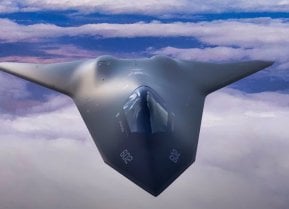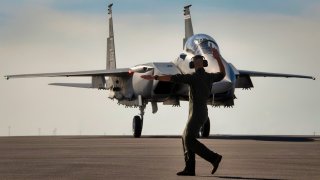Boeing's F-15EX Eagle II Can Carry 30,000 Pounds of Bombs and Missiles
Perhaps where the F-15EX shines most is in its ability to carry about 30,000 lbs of weapons and to use different loadouts depending on the mission.
Summary: Despite the U.S. Air Force's reluctance, Congress is pushing for the purchase of an additional two dozen F-15EX Eagle II fighter jets, increasing the planned fleet to 122.
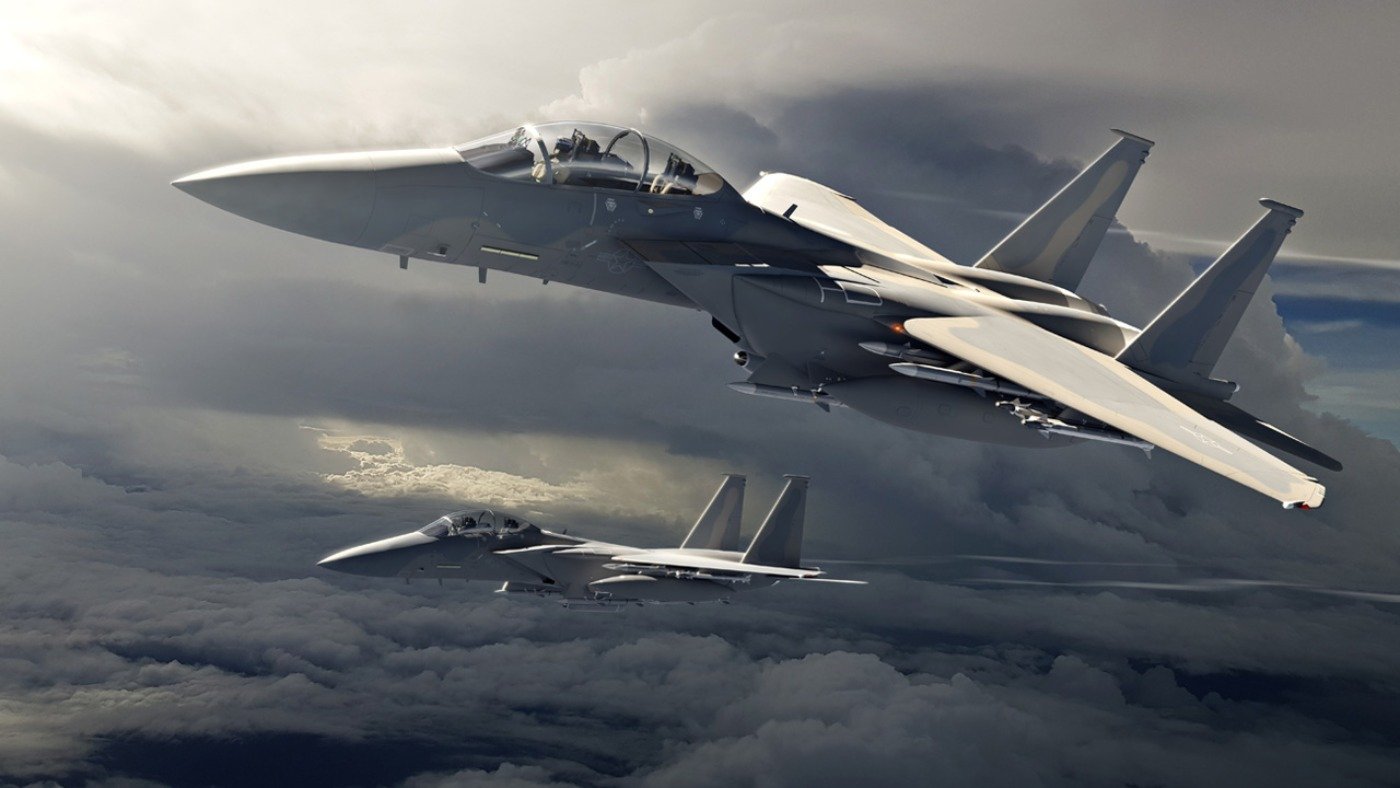
F-15EX Eagle II Debate: Key Points You Need To Know
-Originally, the Air Force intended to buy 144 F-15EXs but reduced this number to allocate funds to other programs, proposing a cap of 98 in its latest budget.
-Congress's insistence reflects concerns over potential future conflicts with near-peer adversaries like China or Russia, where high attrition is expected.
-The F-15EX, built by Boeing, is a 4.5-generation multirole fighter capable of carrying 30,000 lbs of weapons and excelling in various mission sets, maintaining agility and high performance.
Congress Pushes for More F-15EX Fighter Jets Despite Air Force Hesitation"
Although the U.S. Air Force is hesitant to buy more F-15EX Eagle II fighter jets, Congress is insisting. New proposed legislation would force the Air Force to buy an additional two dozen F-15EX Eagle IIs.
When the program first started, the Air Force planned to buy 144 F-15EXs. However, over the years, that number shrunk so the Air Force could direct costs to other programs. In its latest budget, the Air Force proposed to cap purchases at 98 aircraft, many of which would serve in Air National Guard squadrons. Apparently, Congress thinks otherwise, and in the proposed legislation, the Air Force would get an additional 24 aircraft, for a total fleet of 122 Eagle IIs. Essentially an additional squadron of aircraft, the added fighter jets could be important in a potential future conflict with a near-peer adversary like China or Russia in which the U.S. military expects high attrition.
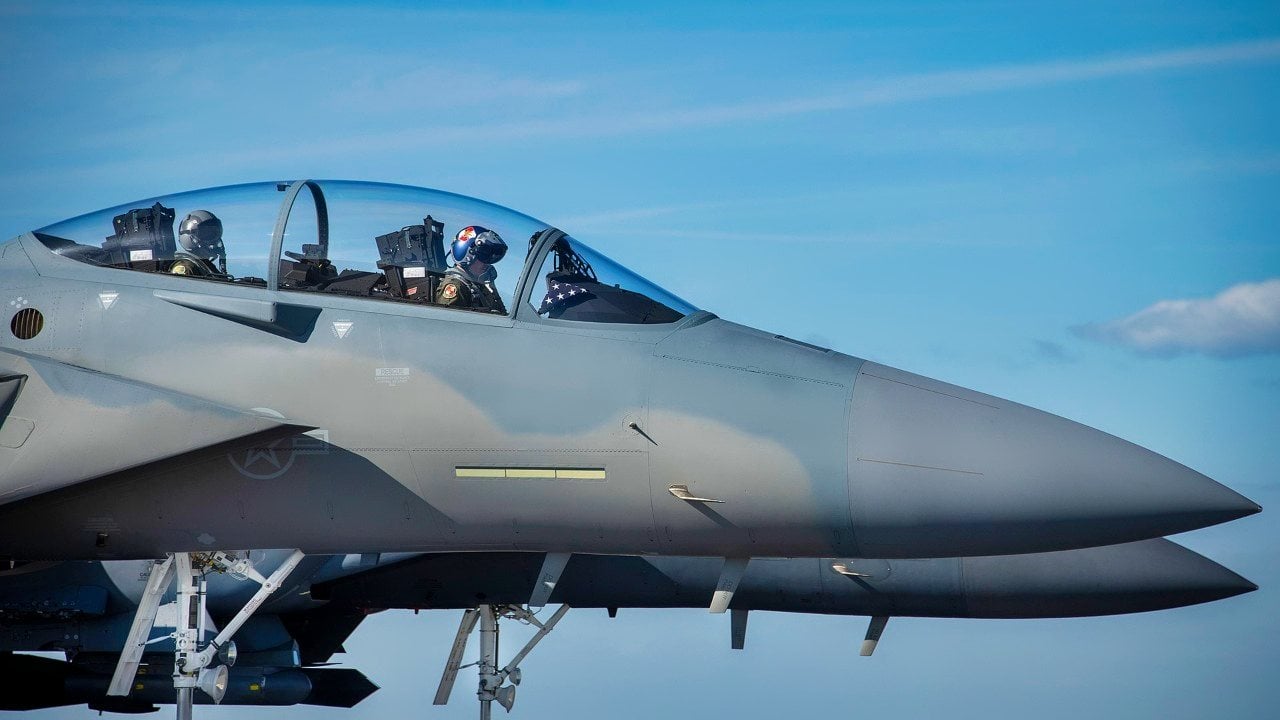
At a time of relative financial restraint when it comes to military spending, the services have to make tough calls on where to spend their money and what weapons systems and platforms to retire to make room for more funds. This restraint is expected to last over the coming year.
“We do have constraints. We’ve got some tough choices ahead when we get into ’26, which we’re really building now,” Secretary of the Air Force Frank Kendall said back in March.
Separate from the F-15EX Eagle II, Congress is seeking to prevent the Air Force from retiring too many older F-15 Strike Eagle fighter jets. The proposed legislation would compel the Air Force to maintain a bigger fleet of older versions of the F-15 in the coming years as a safeguard against potential adversaries.
The F-15EX Eagle II, Explained
Built by Boeing, the F-15EX Eagle II is the most advanced version of one of the most capable air superiority fighter jets in the skies today.
A 4.5-generation aircraft, the F-15EX Eagle II is a multirole fighter jet that can accomplish a number of mission sets, including air superiority, close air support, and strategic strike. Its modern sensors and software keep the fighter jet competitive in an operational environment marked by fifth-generation aircraft and ensure that it can operate alongside stealth aircraft like the F-35 Lightning II and the F-22 Raptor.
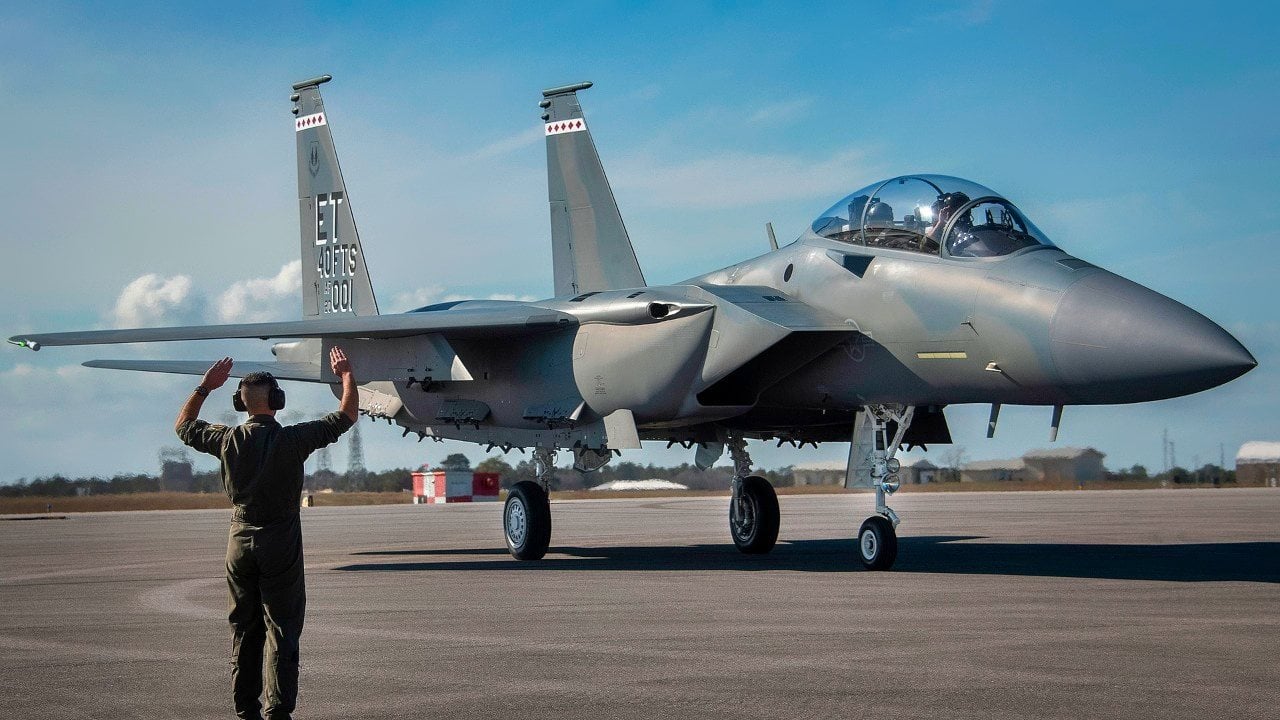
Perhaps where the F-15EX shines most is in its ability to carry about 30,000 lbs of weapons and to use different loadouts depending on the mission. For instance, in an air superiority mission, the F-15EX Eagle II can pack up to 12 air-to-air munitions, while in a ground attack loadout, it can carry up to 24 air-to-ground weapons.
Despite its ability to carry such a heavy loadout, the fighter jet remains agile and performs exceptionally well. The Eagle II can reach speeds of Mach 2.5 (almost 2,800 miles per hour). It has an operational range of 2,000 miles, and a combat radius of 800 miles.
About the Author:
Stavros Atlamazoglou is a seasoned defense journalist specializing in special operations and a Hellenic Army veteran (national service with the 575th Marine Battalion and Army HQ). He holds a BA from the Johns Hopkins University and an MA from the Johns Hopkins’ School of Advanced International Studies (SAIS). His work has been featured in Business Insider, Sandboxx, and SOFREP.
Image Credits: Boeing/U.S. Air Force.
